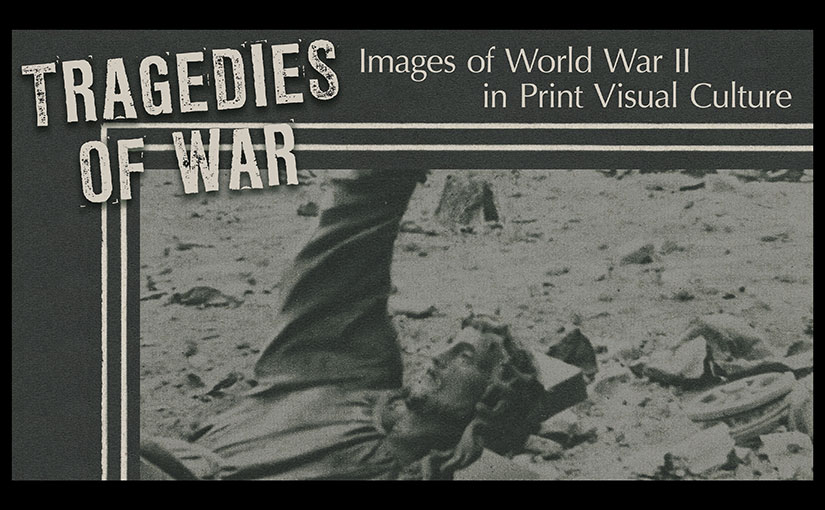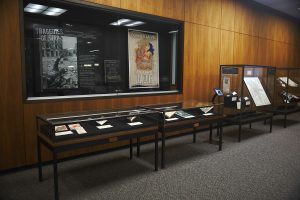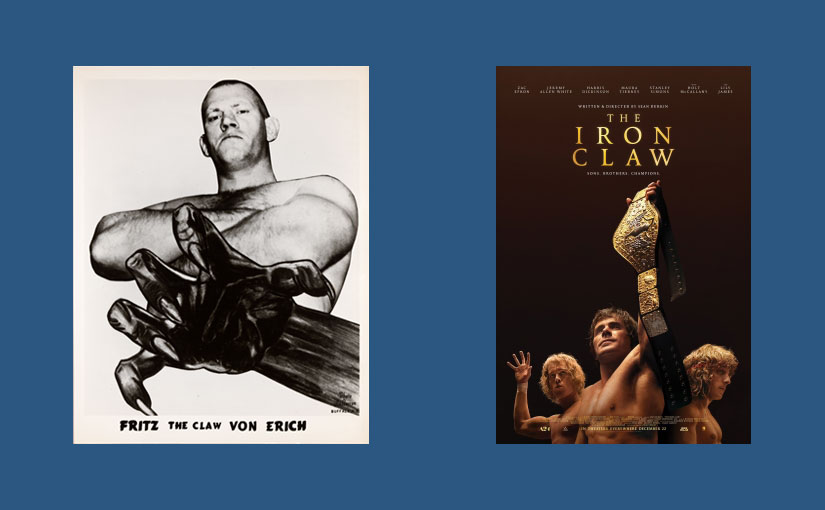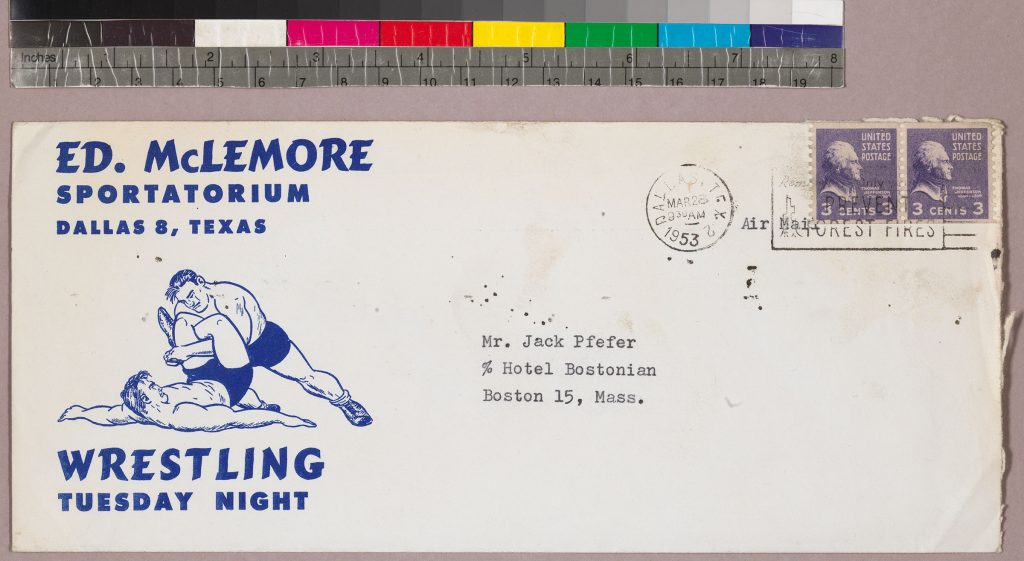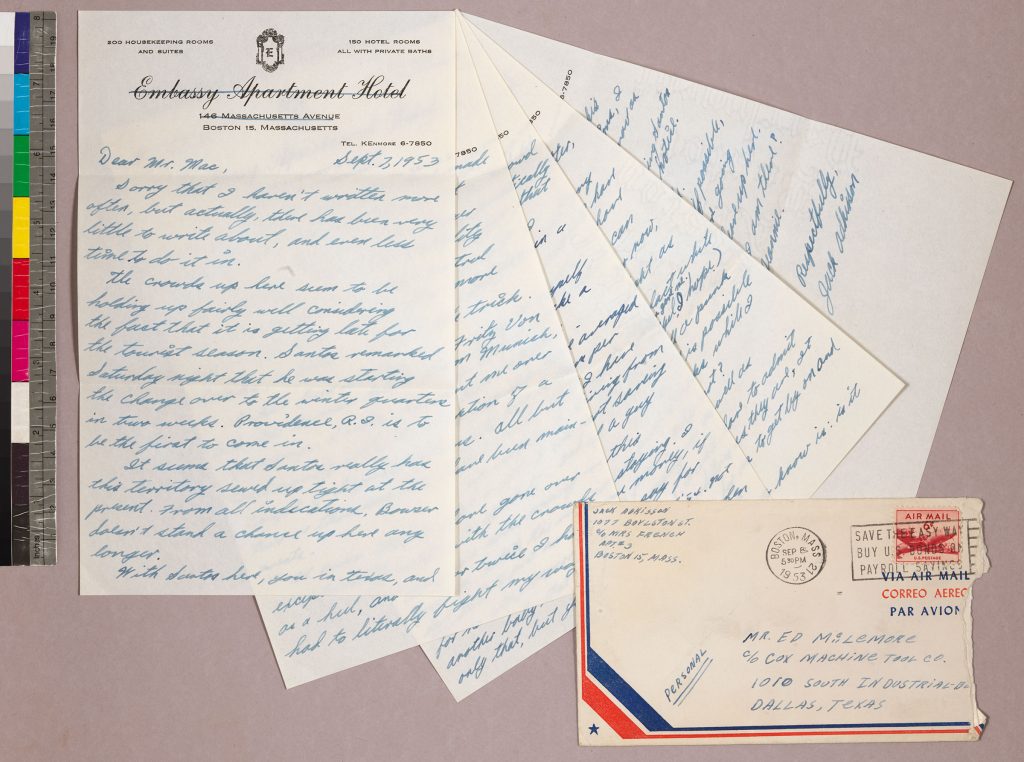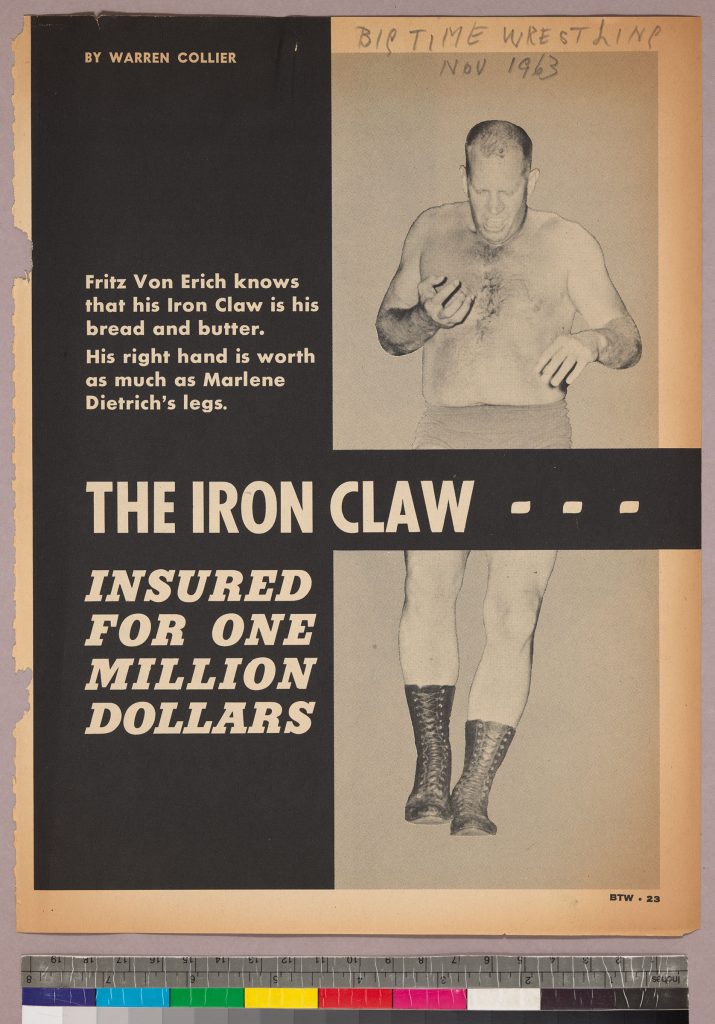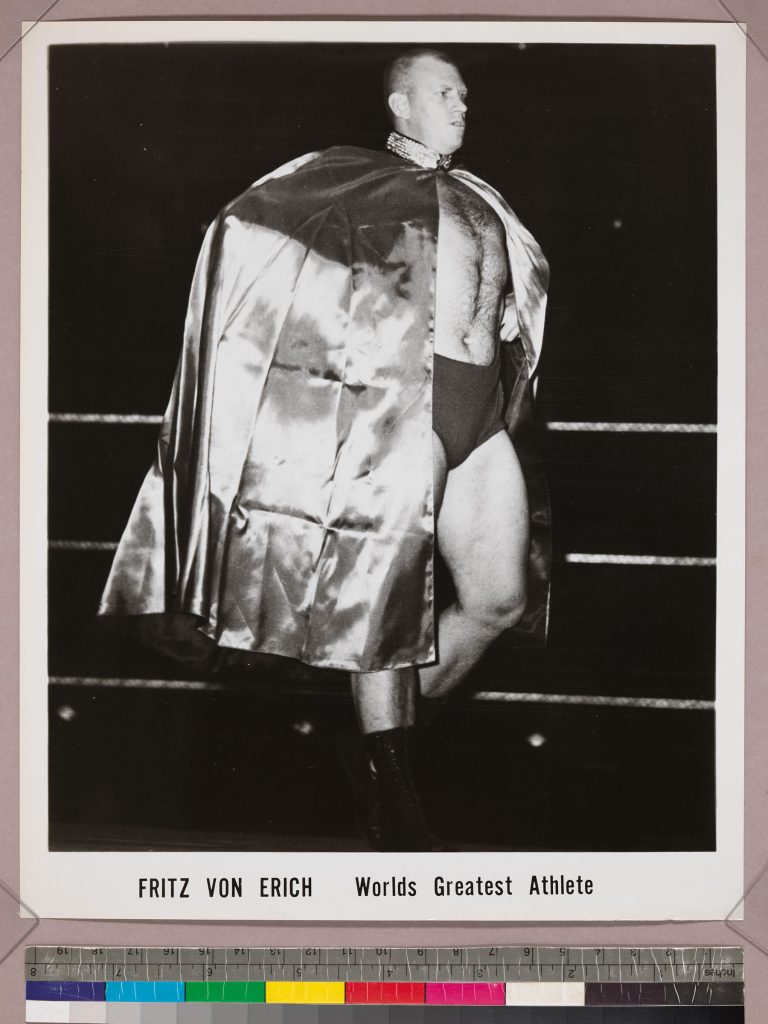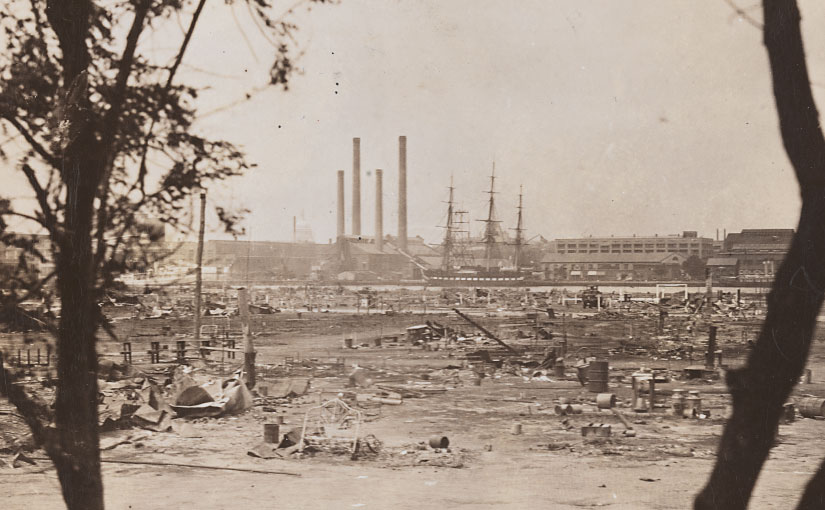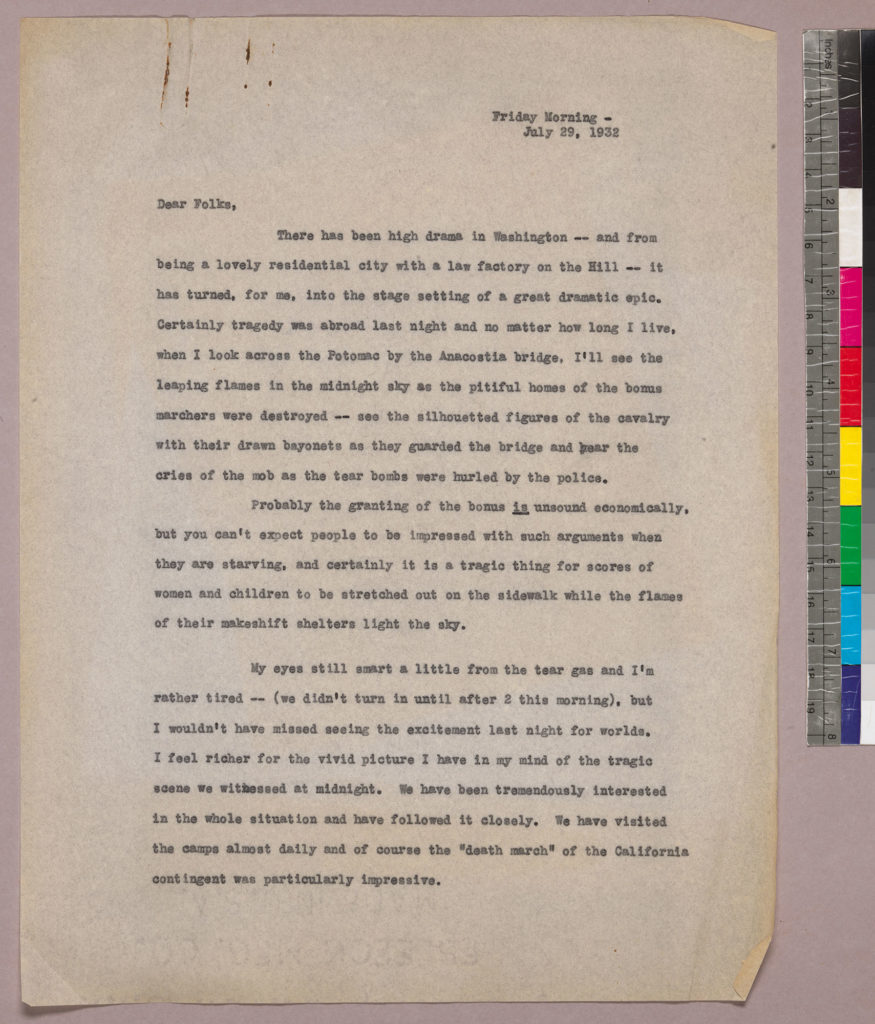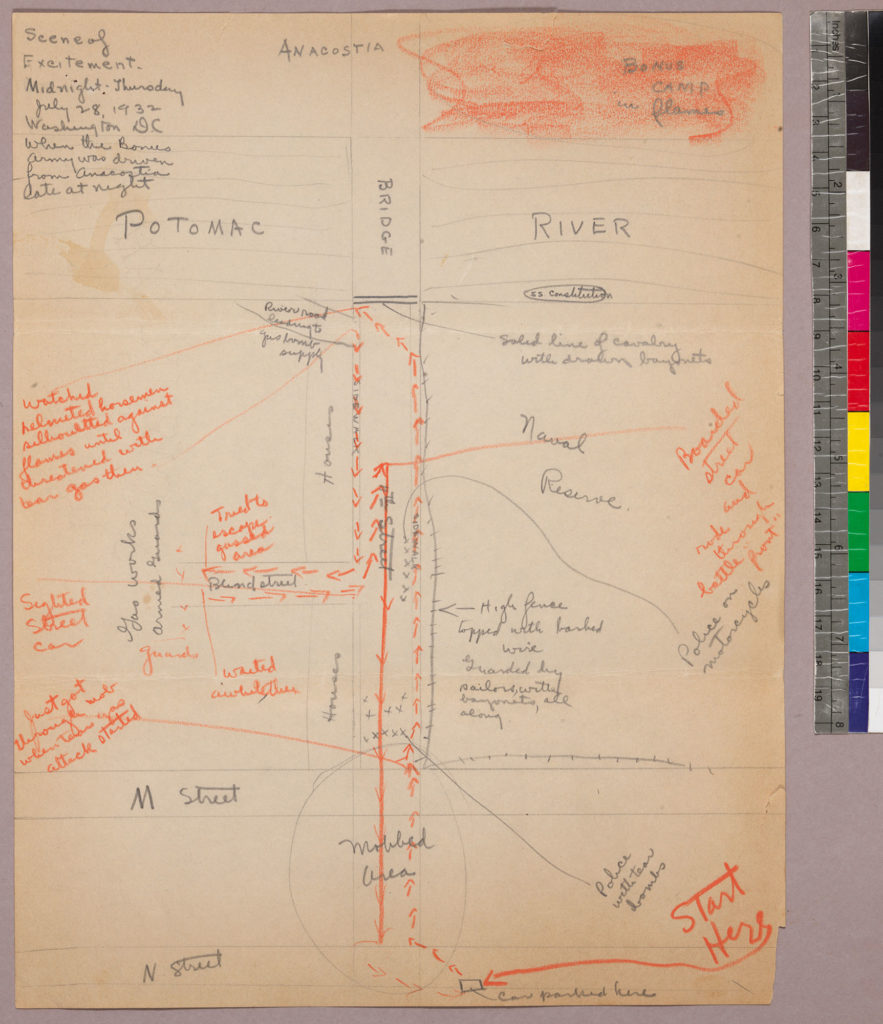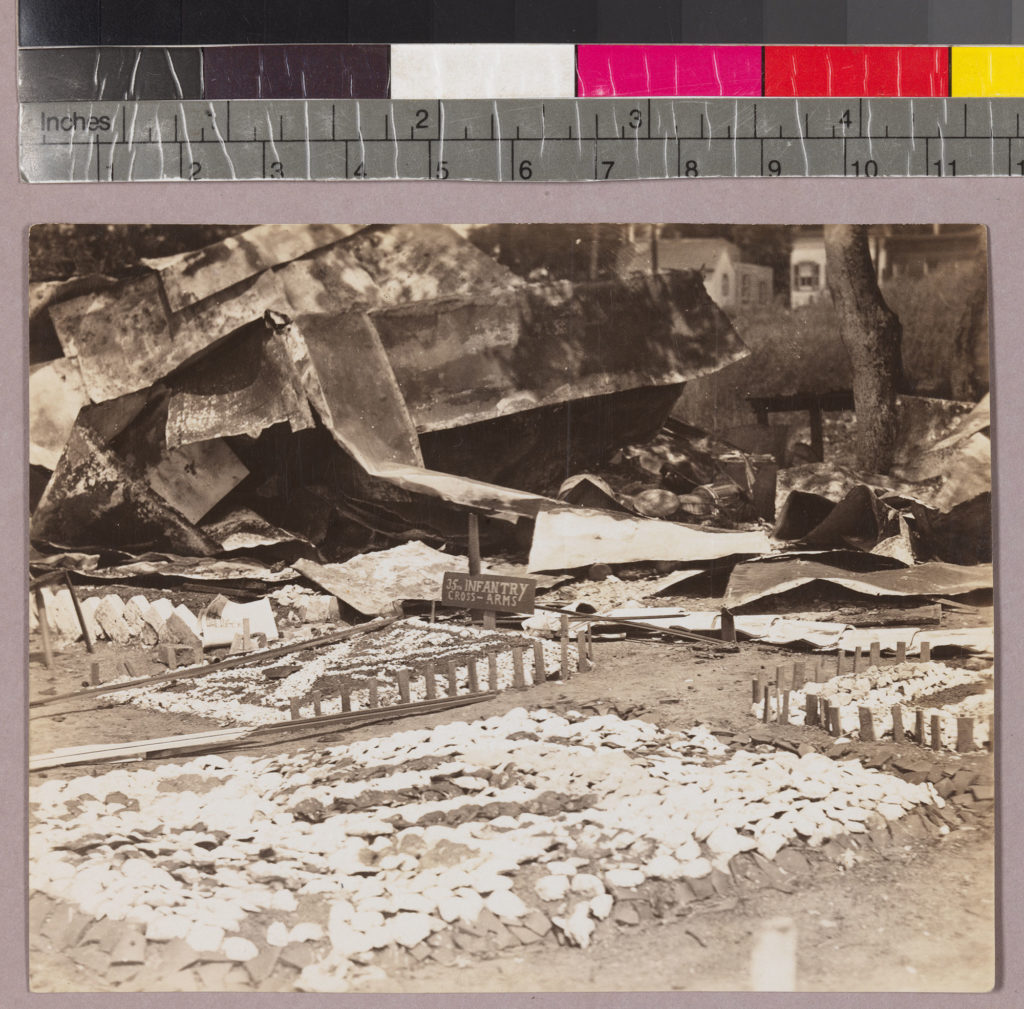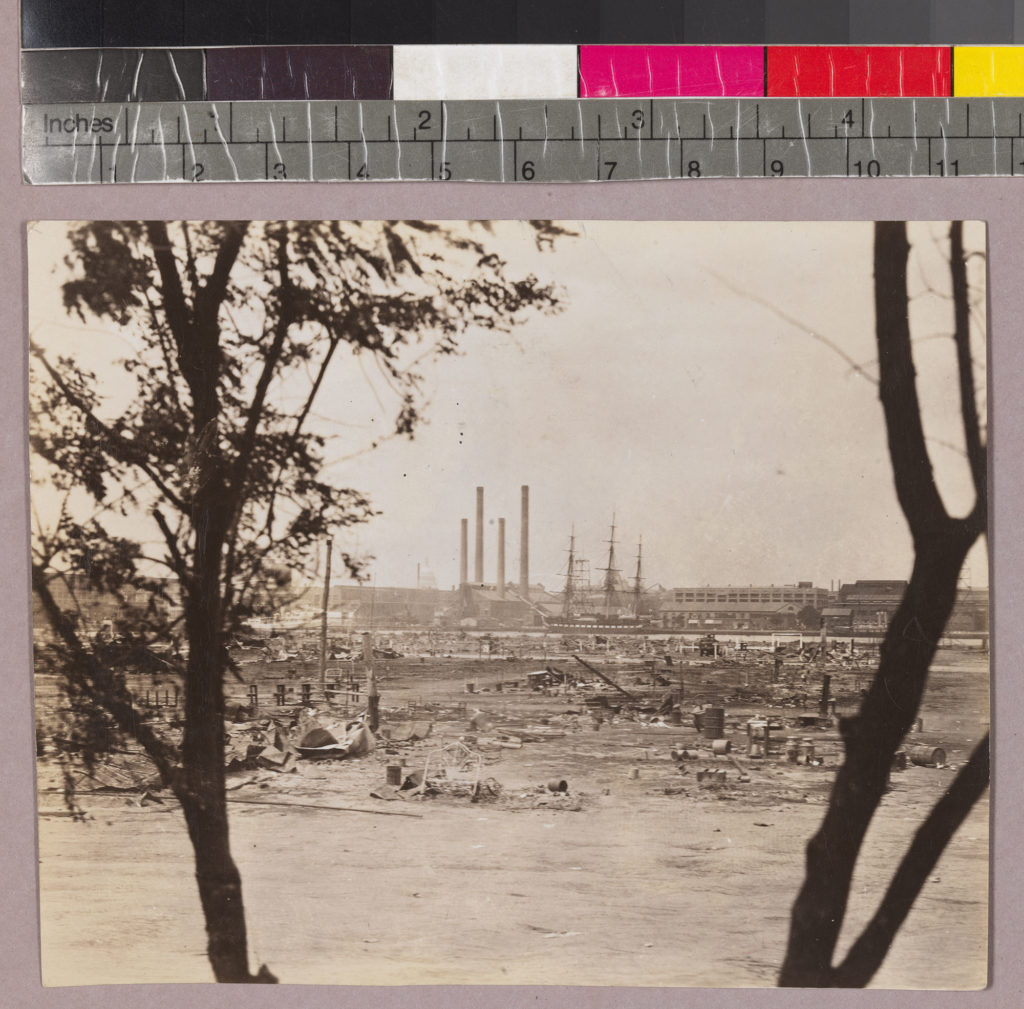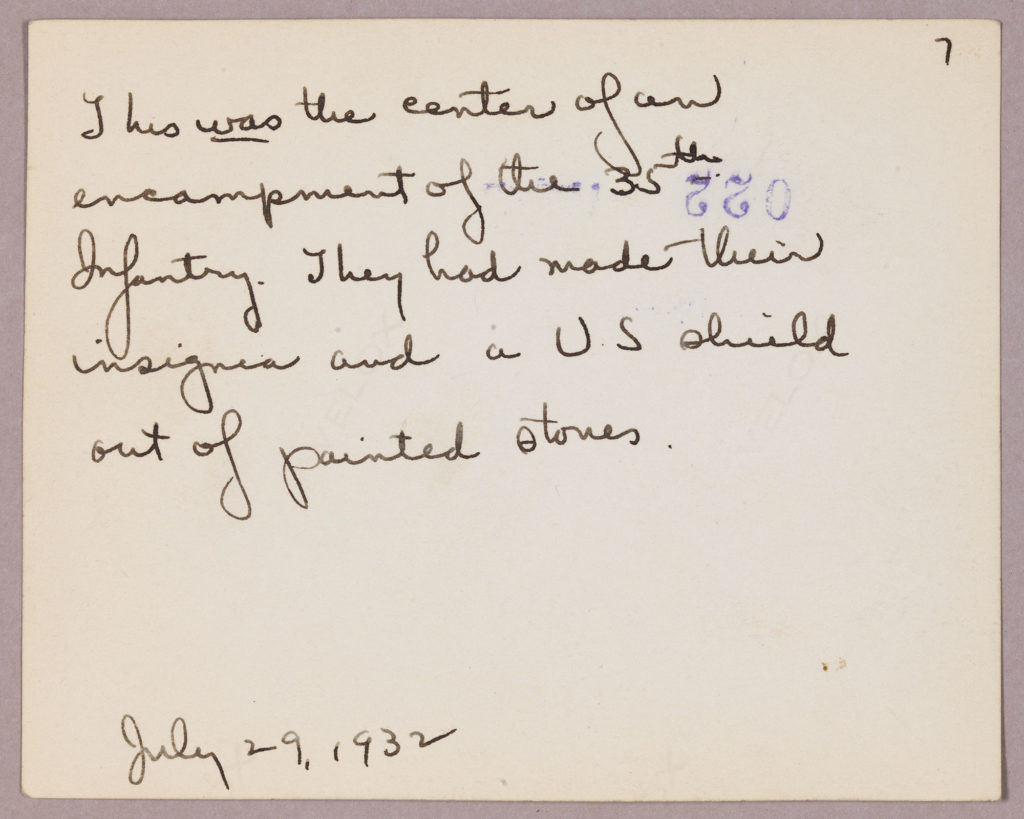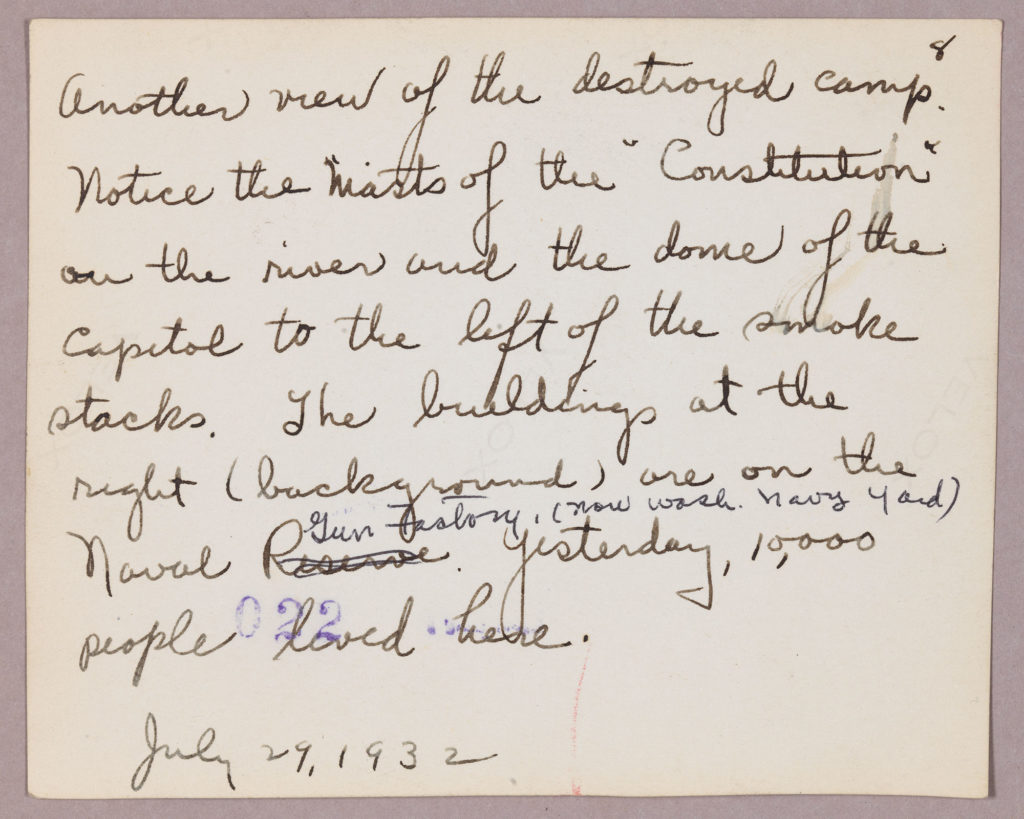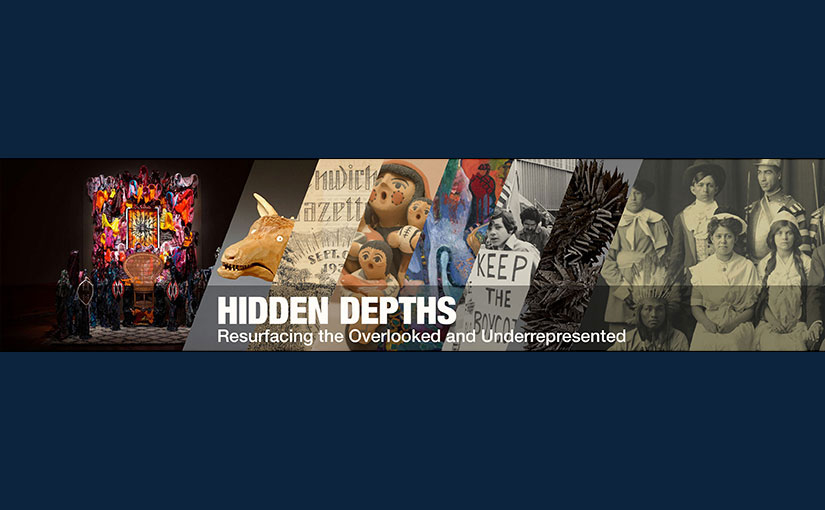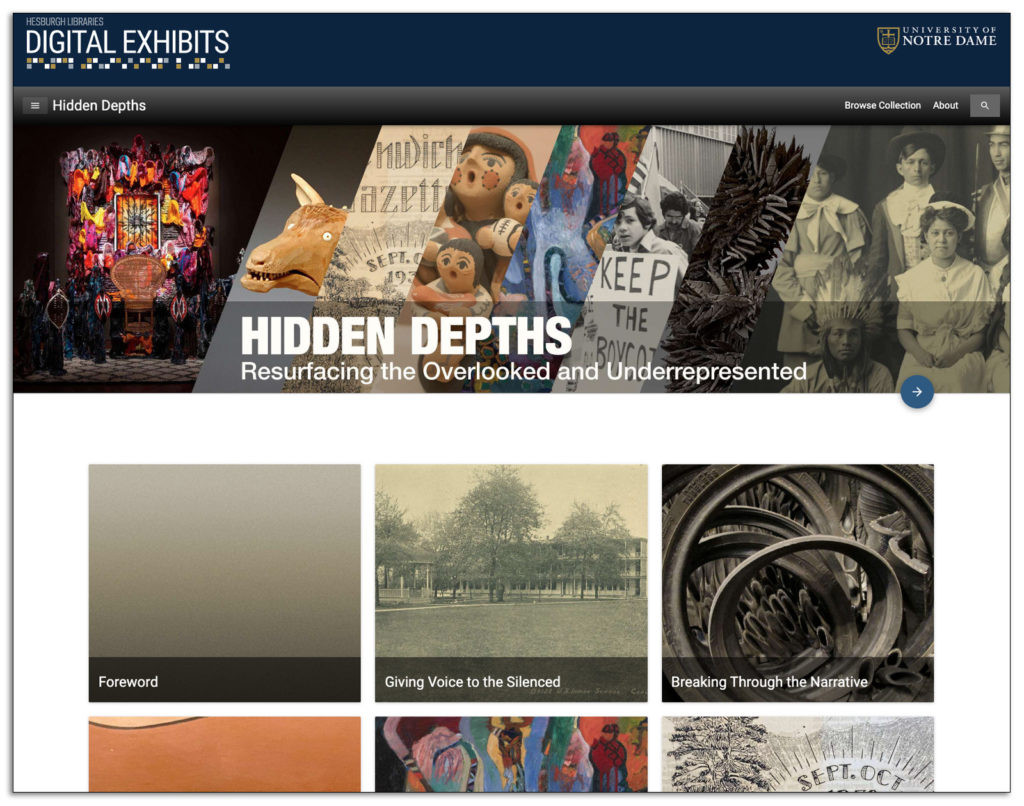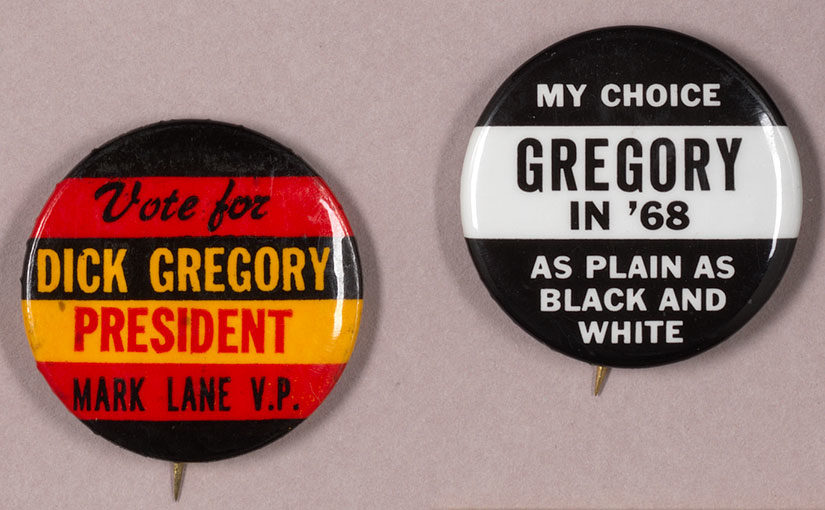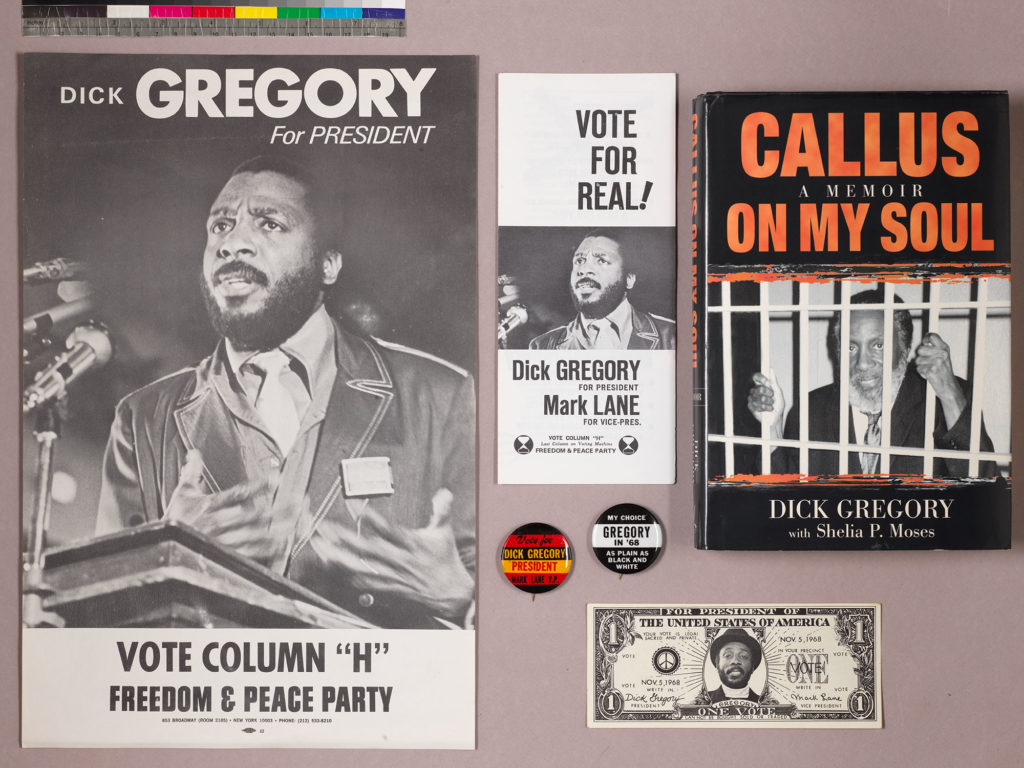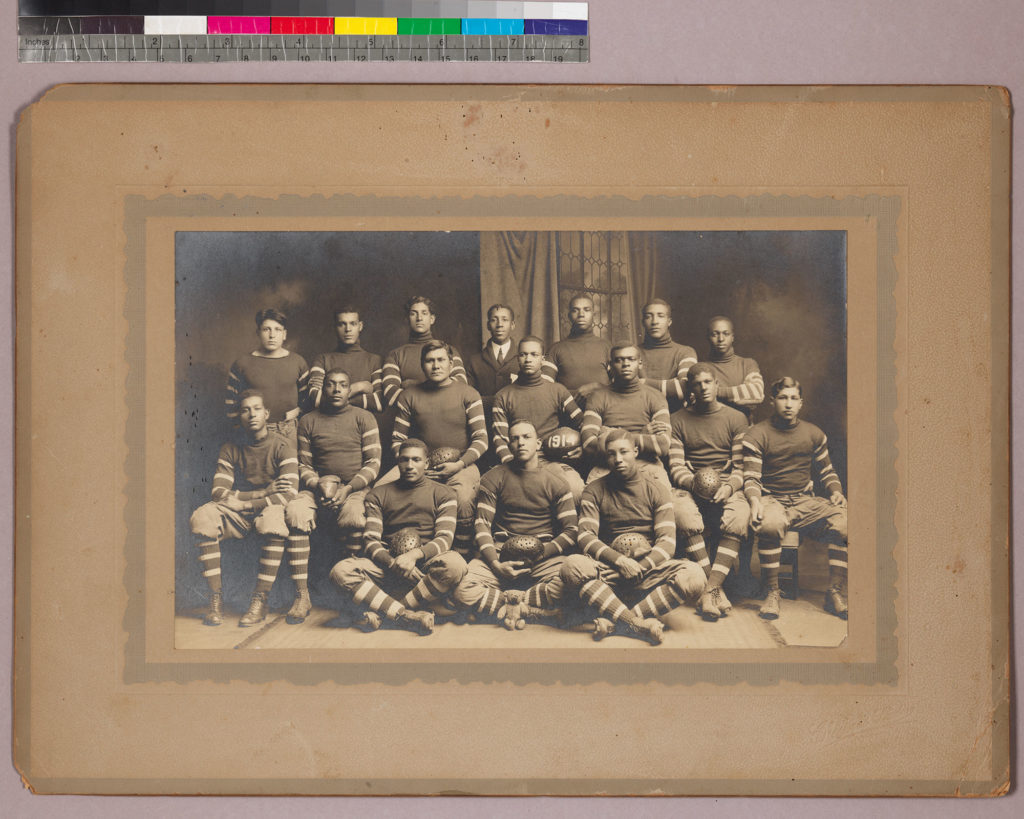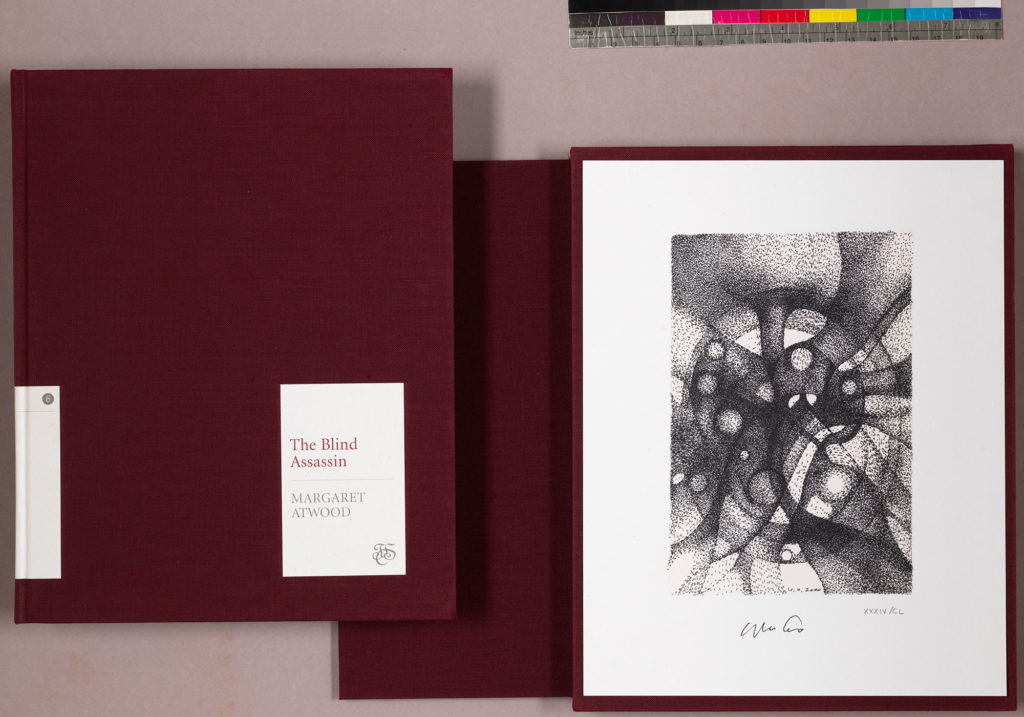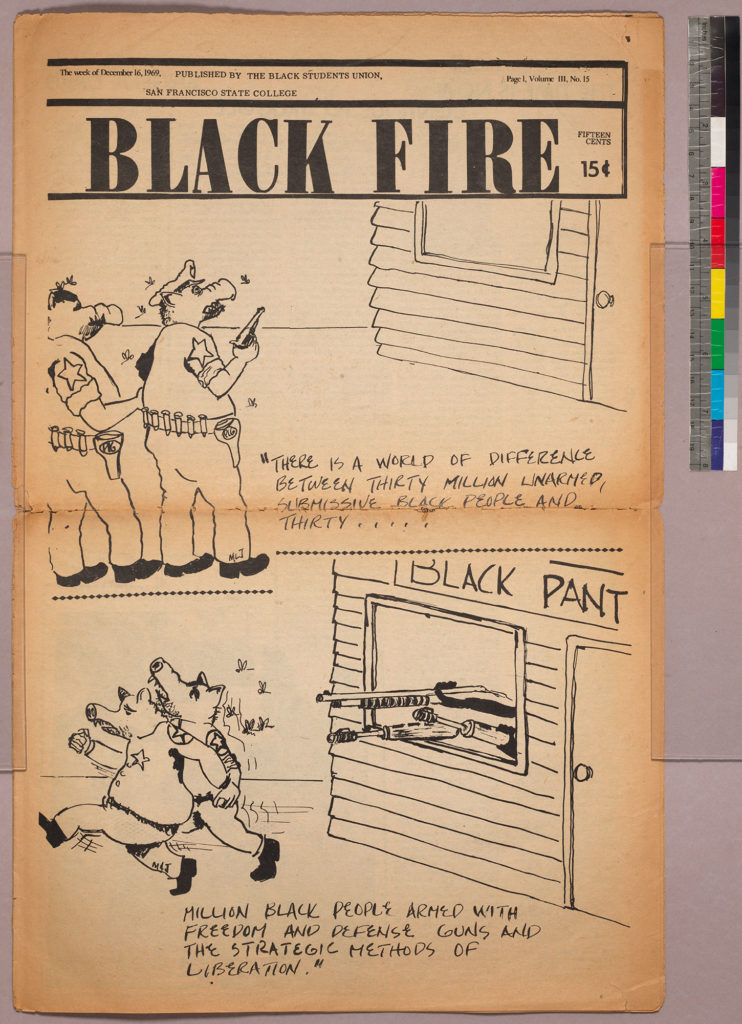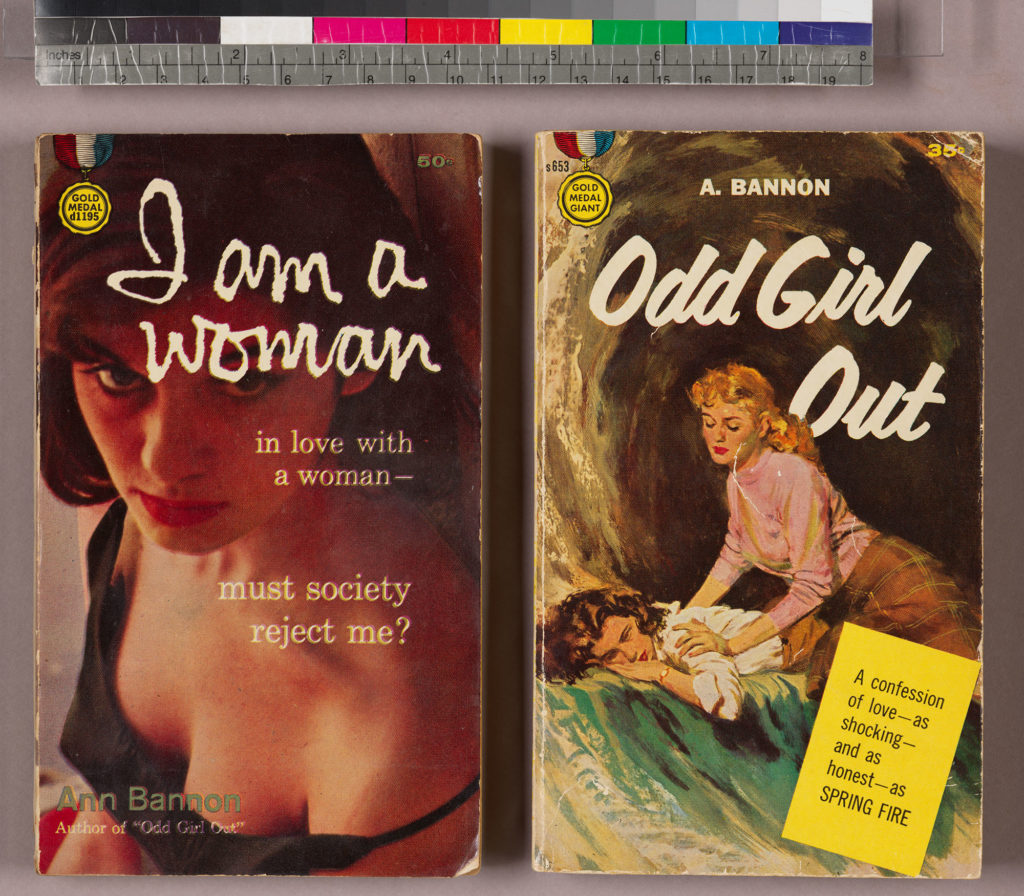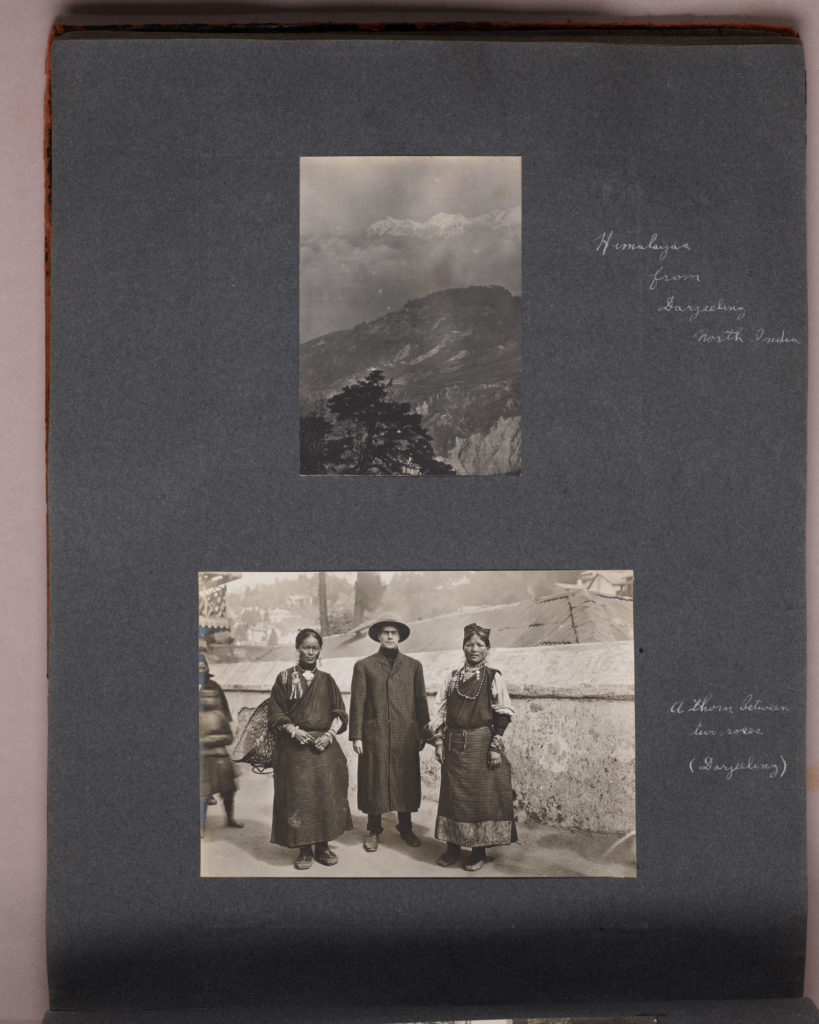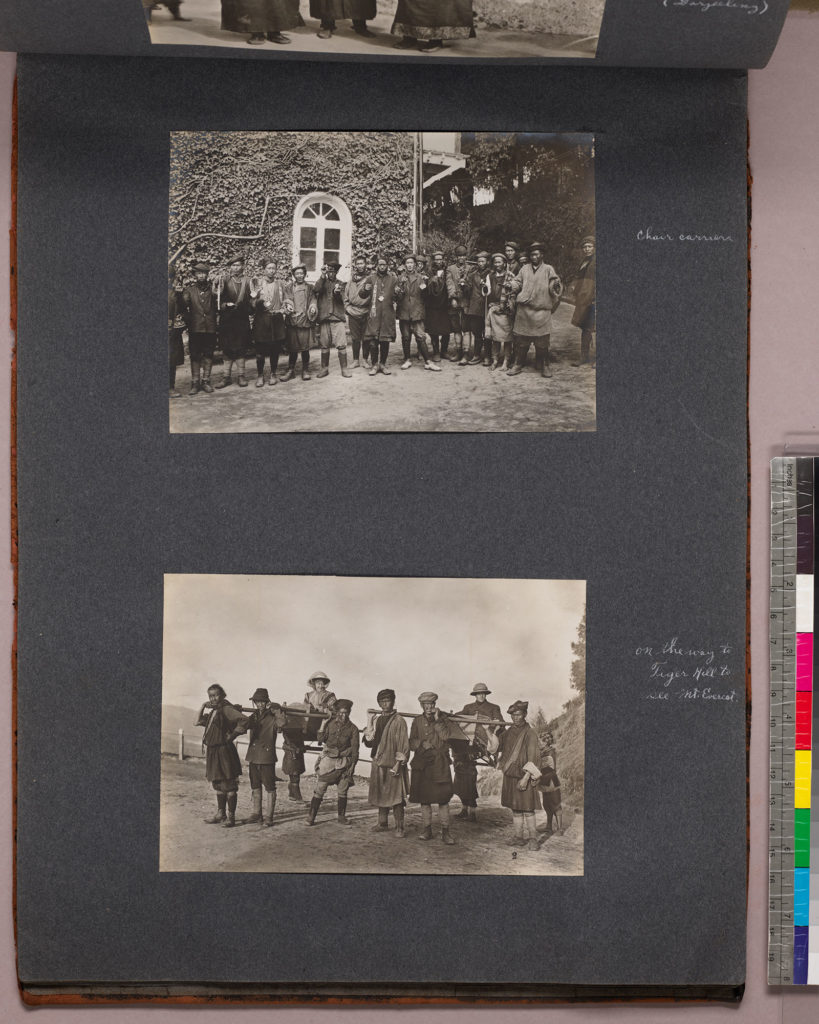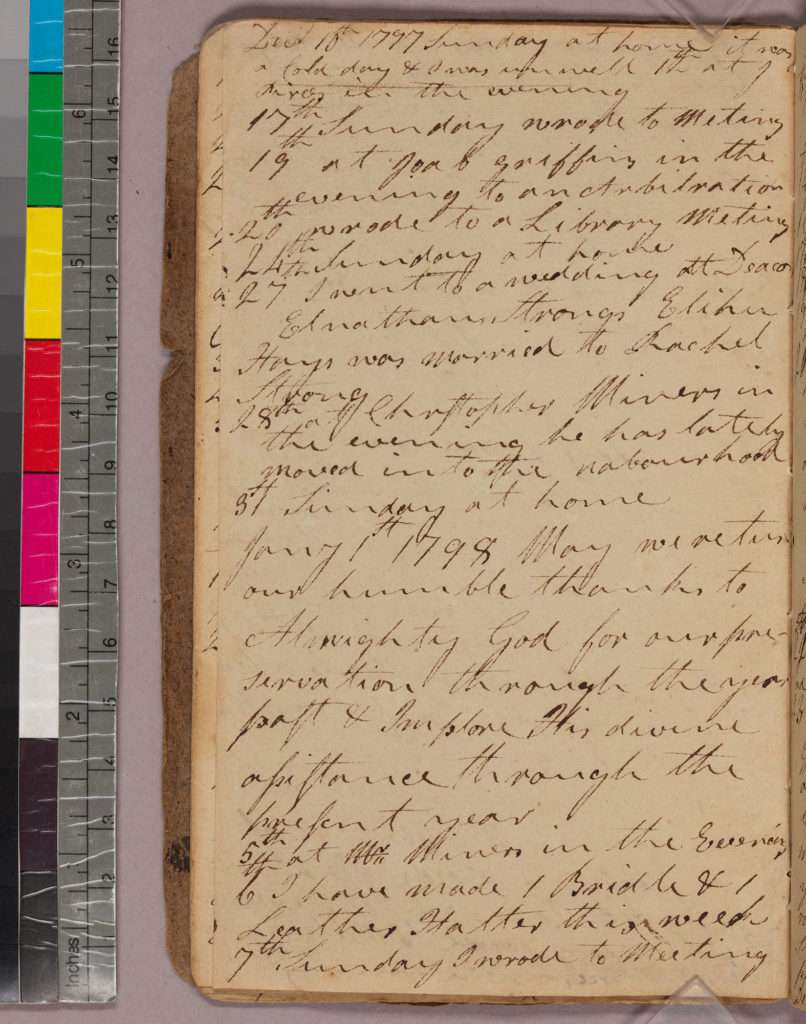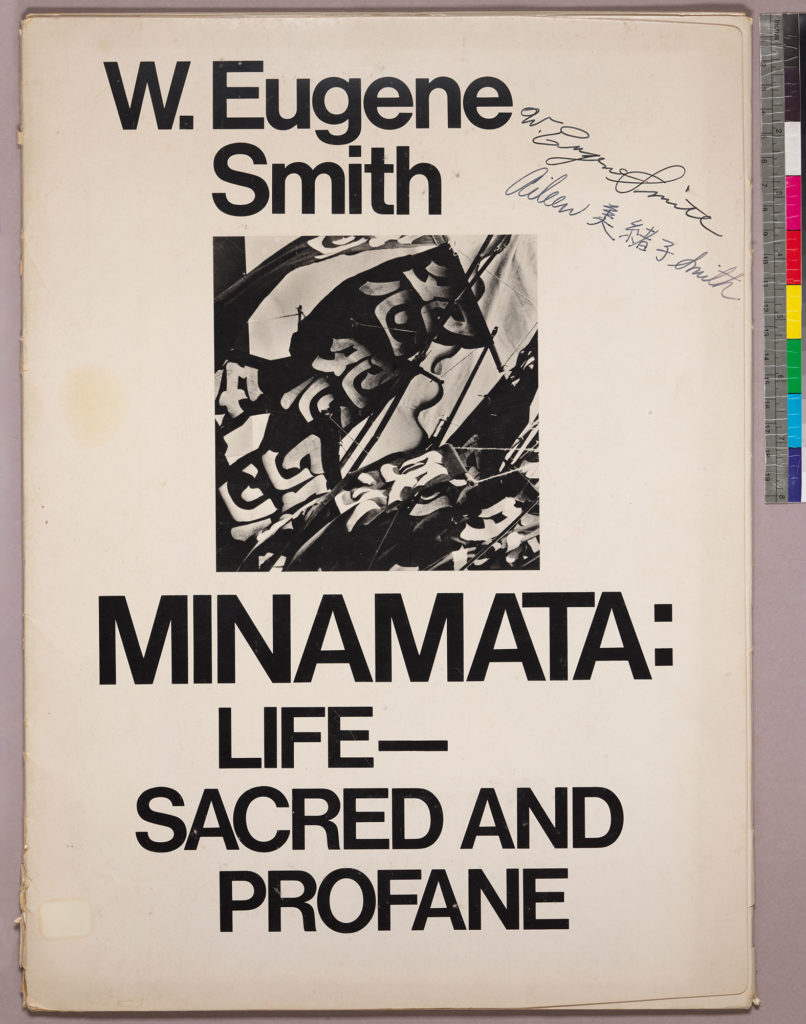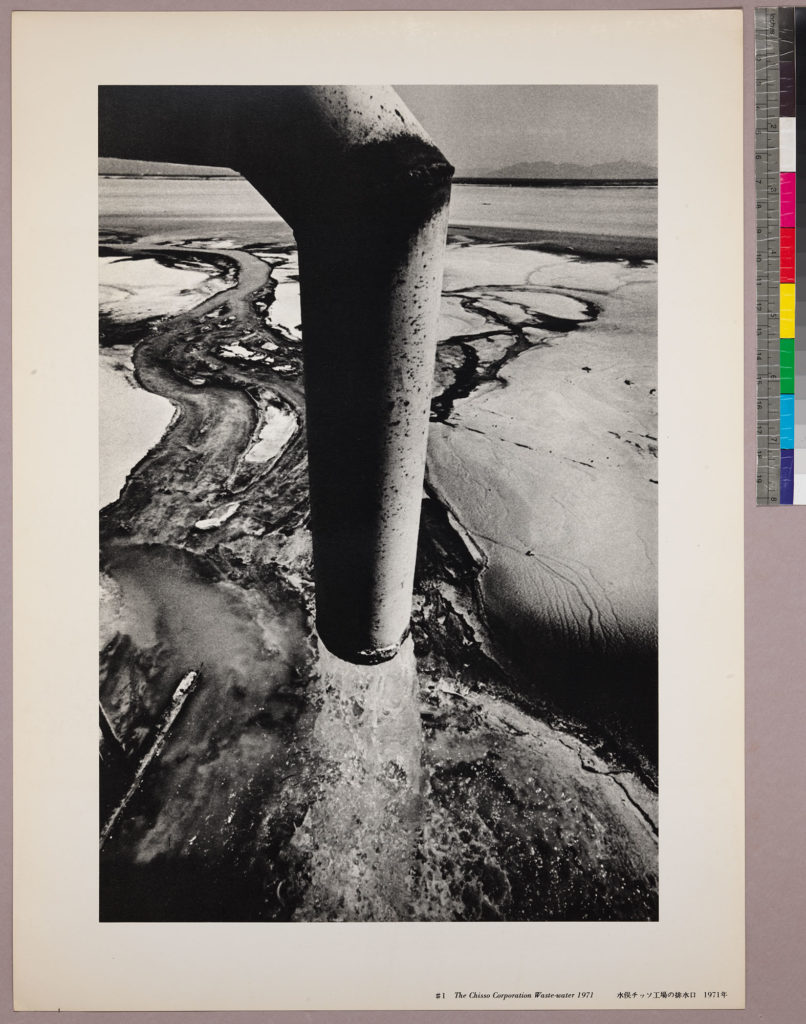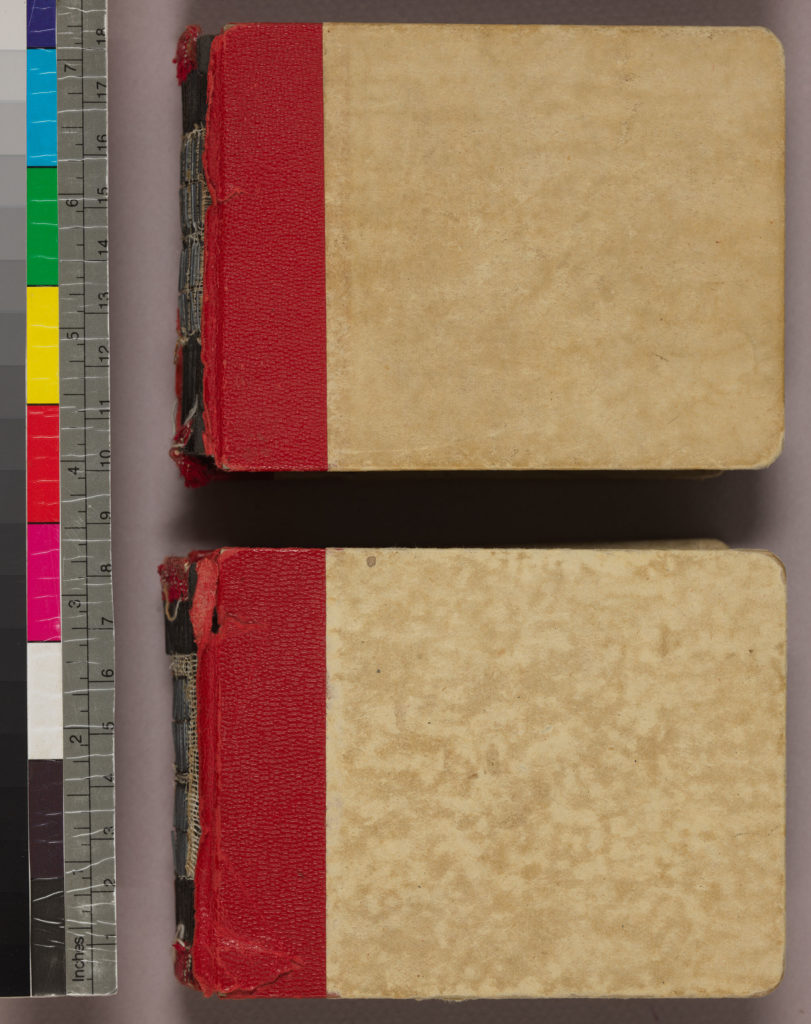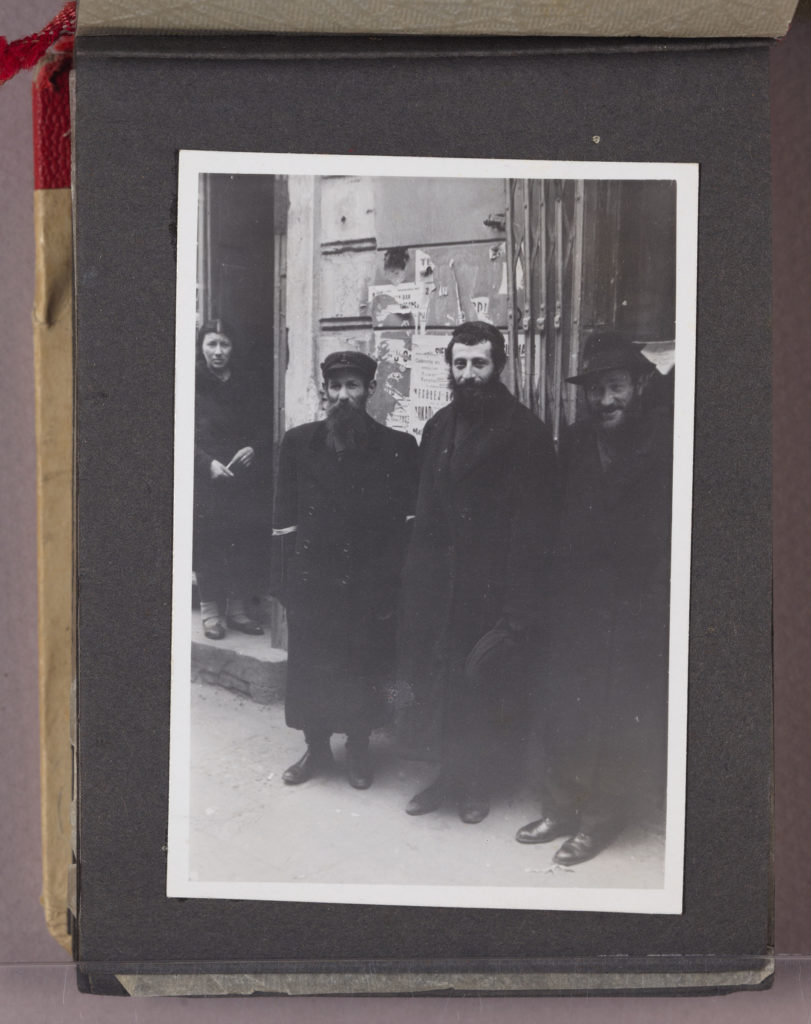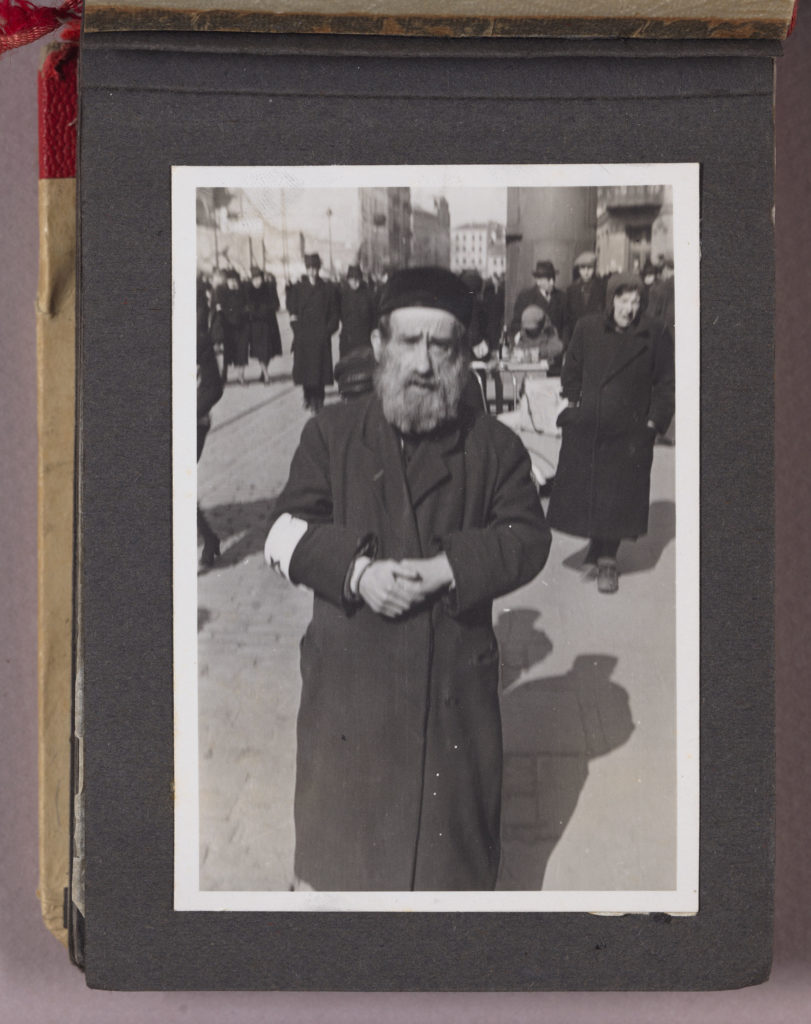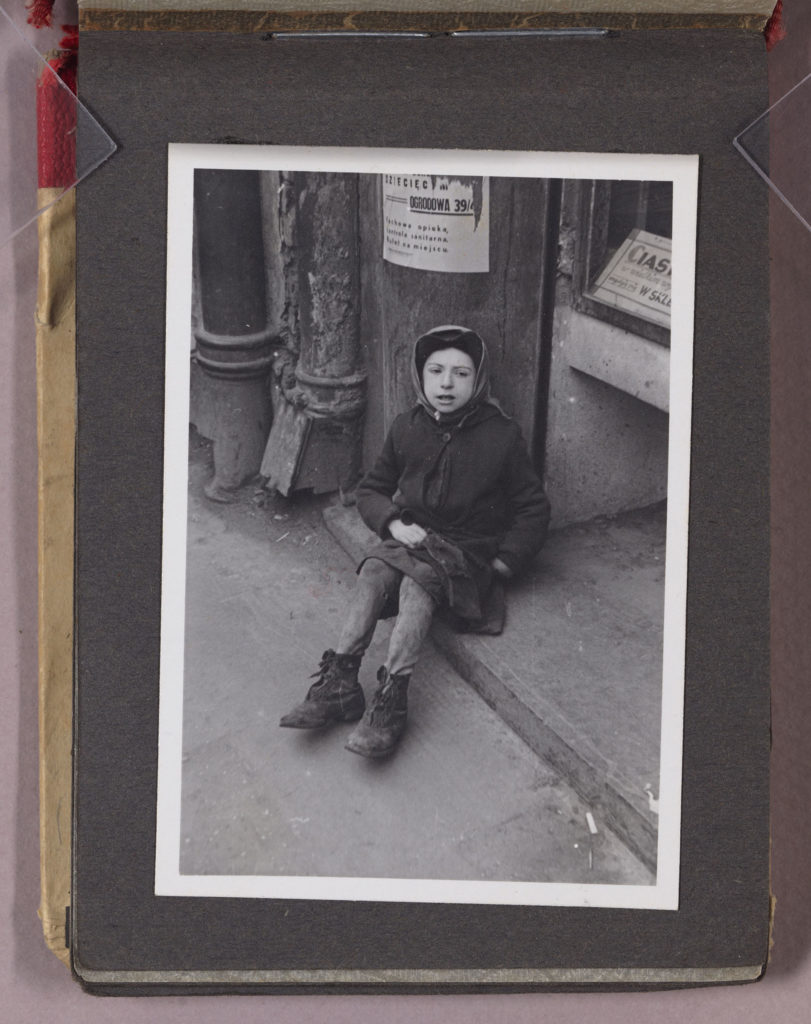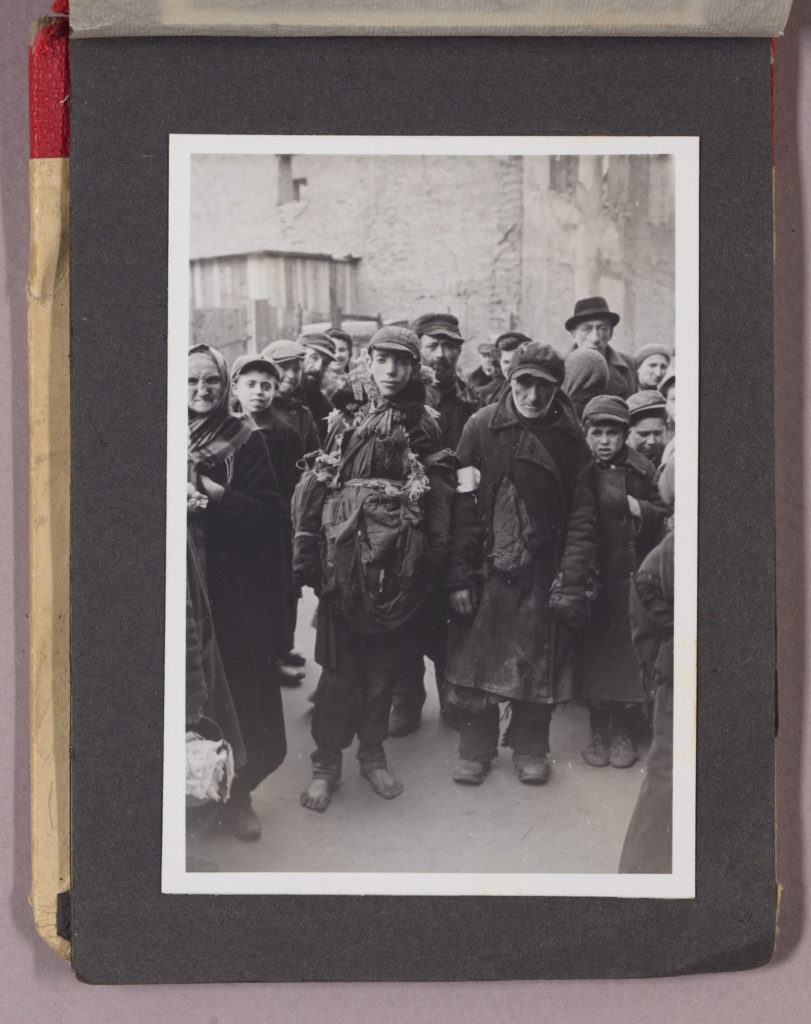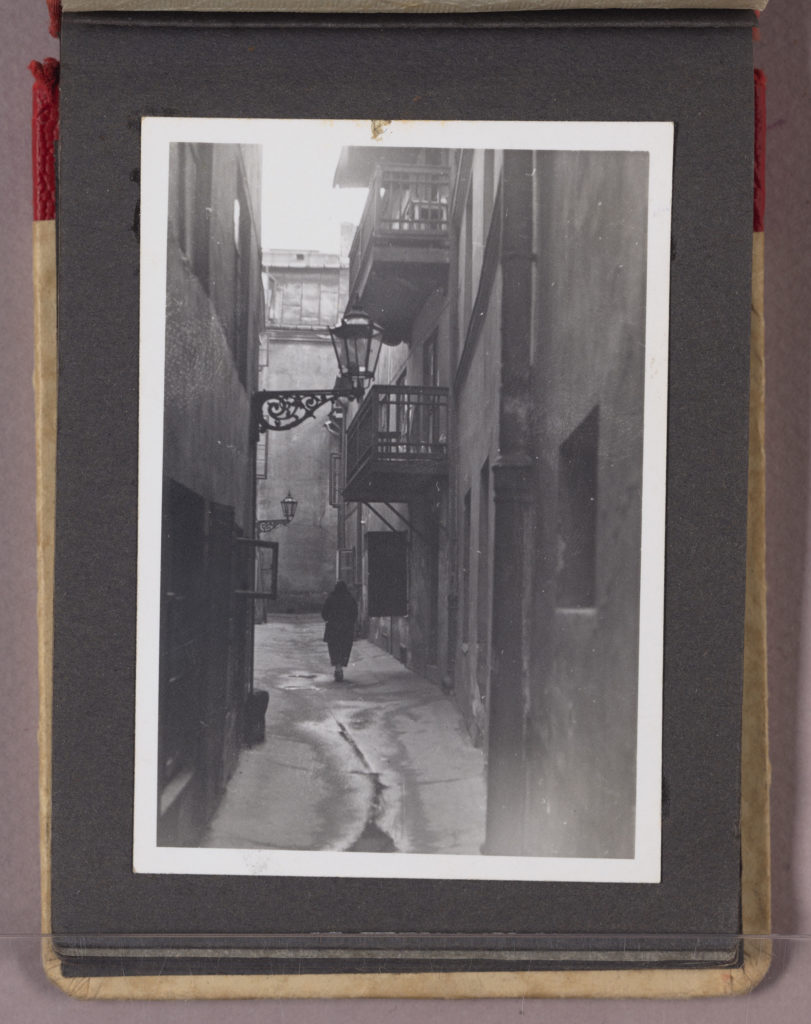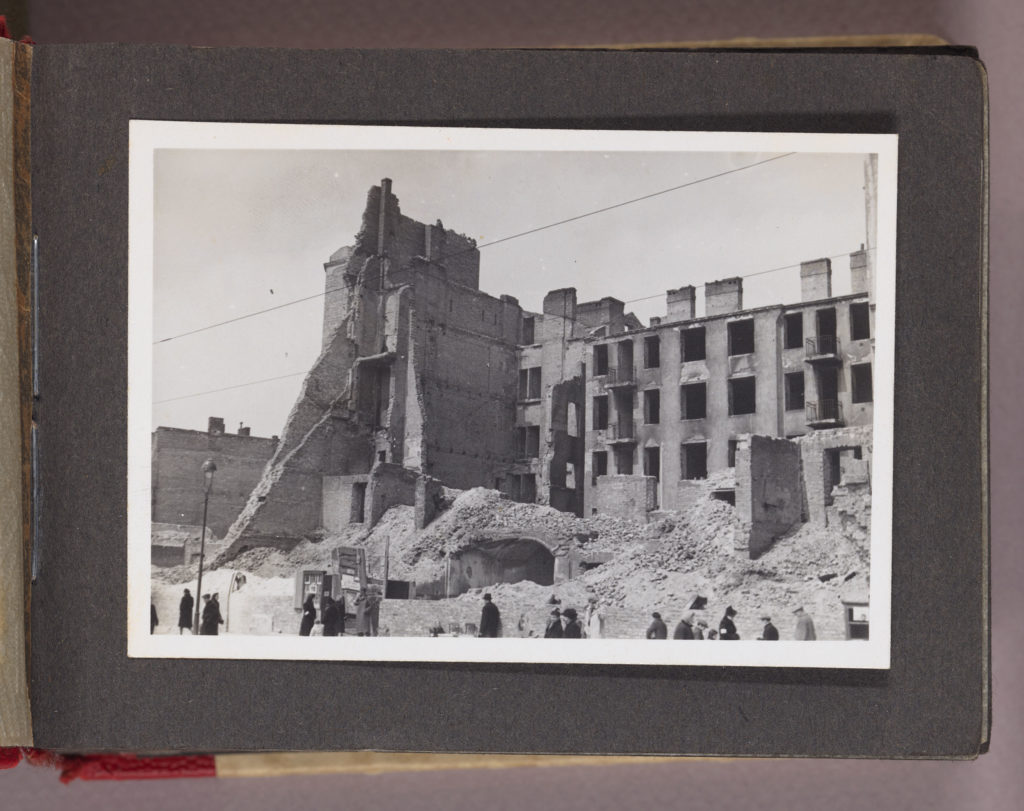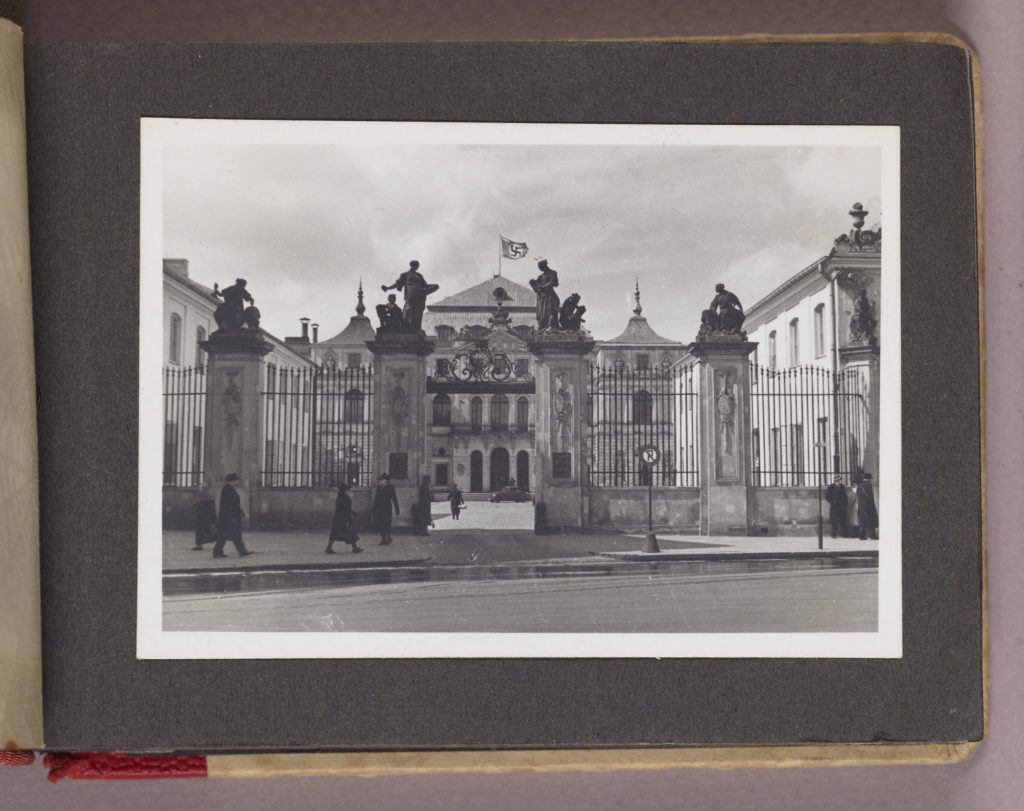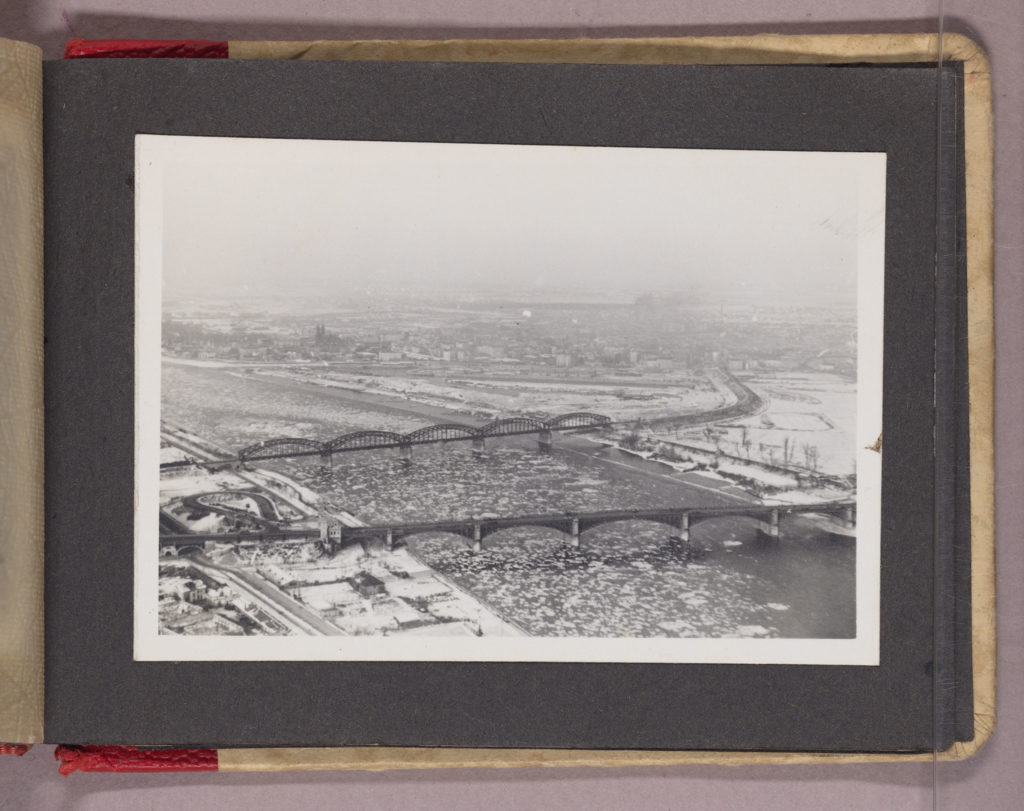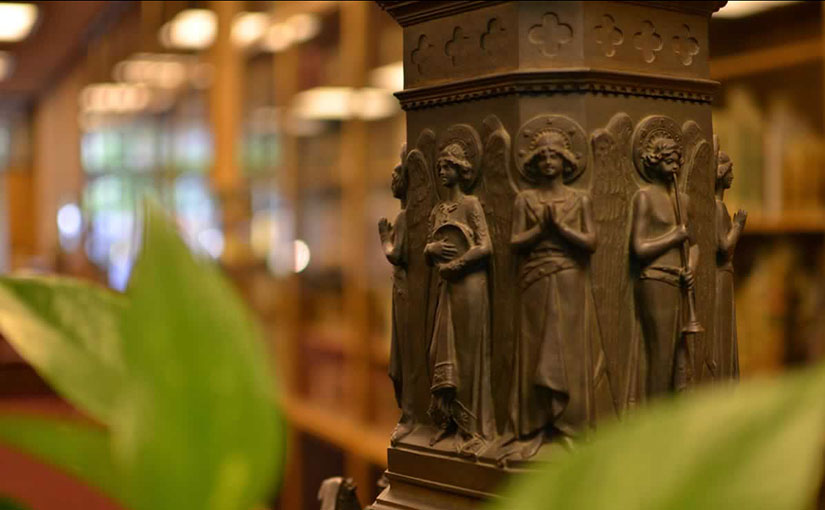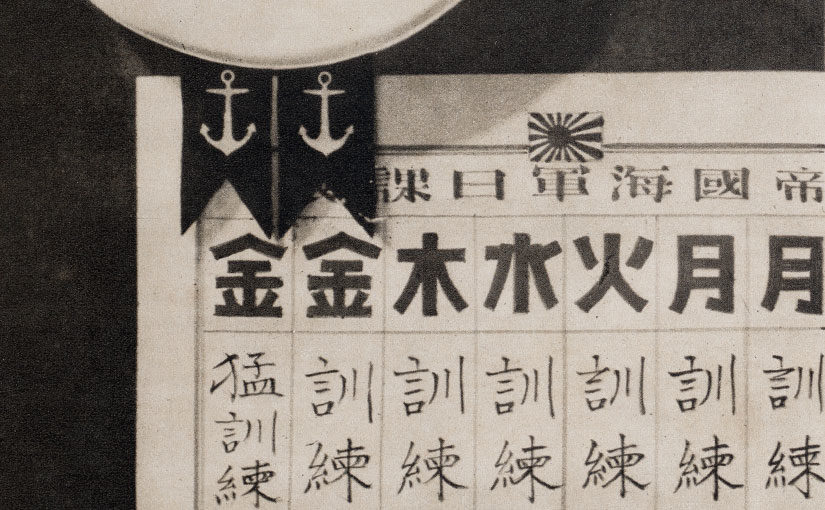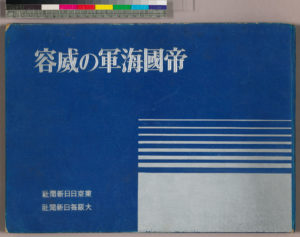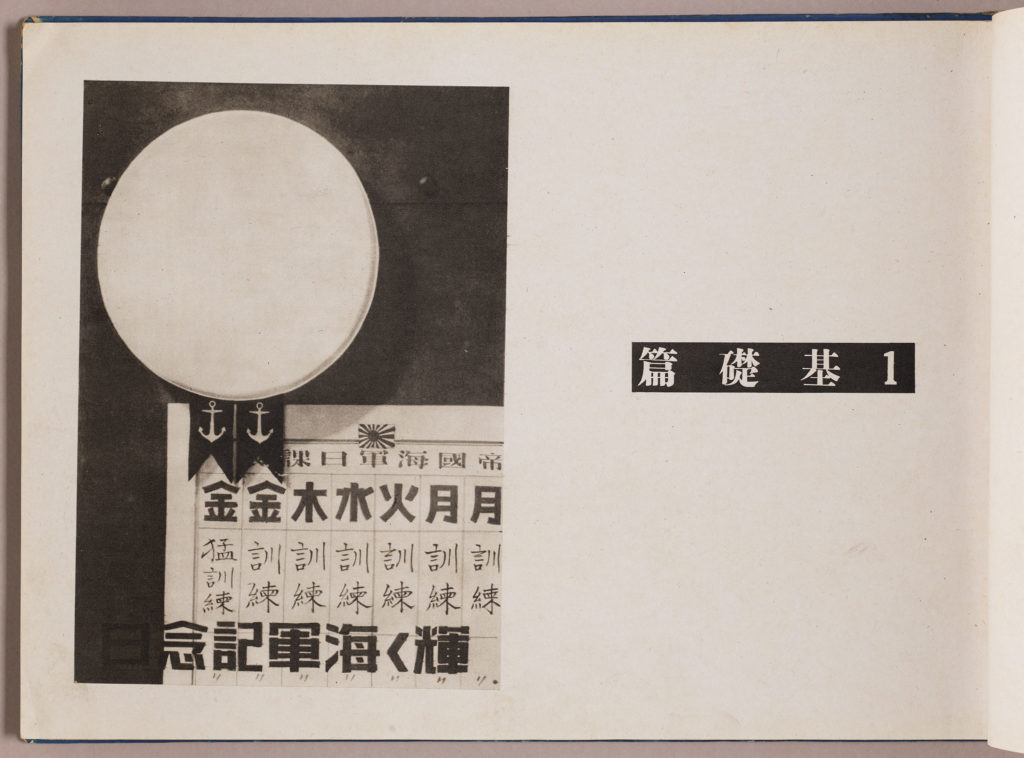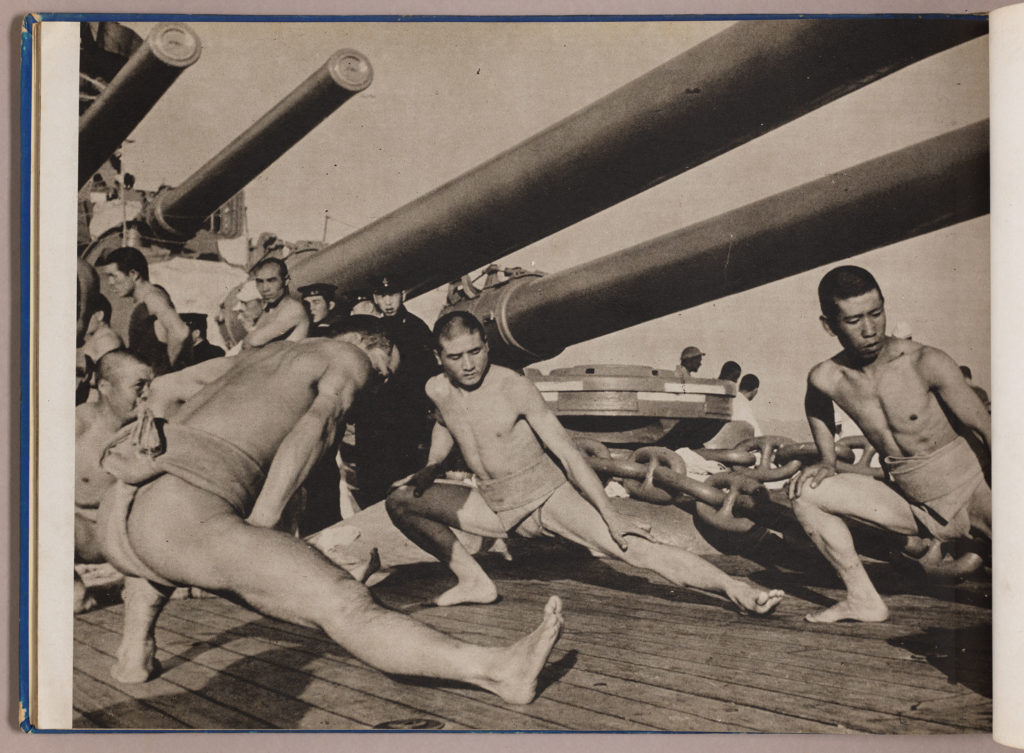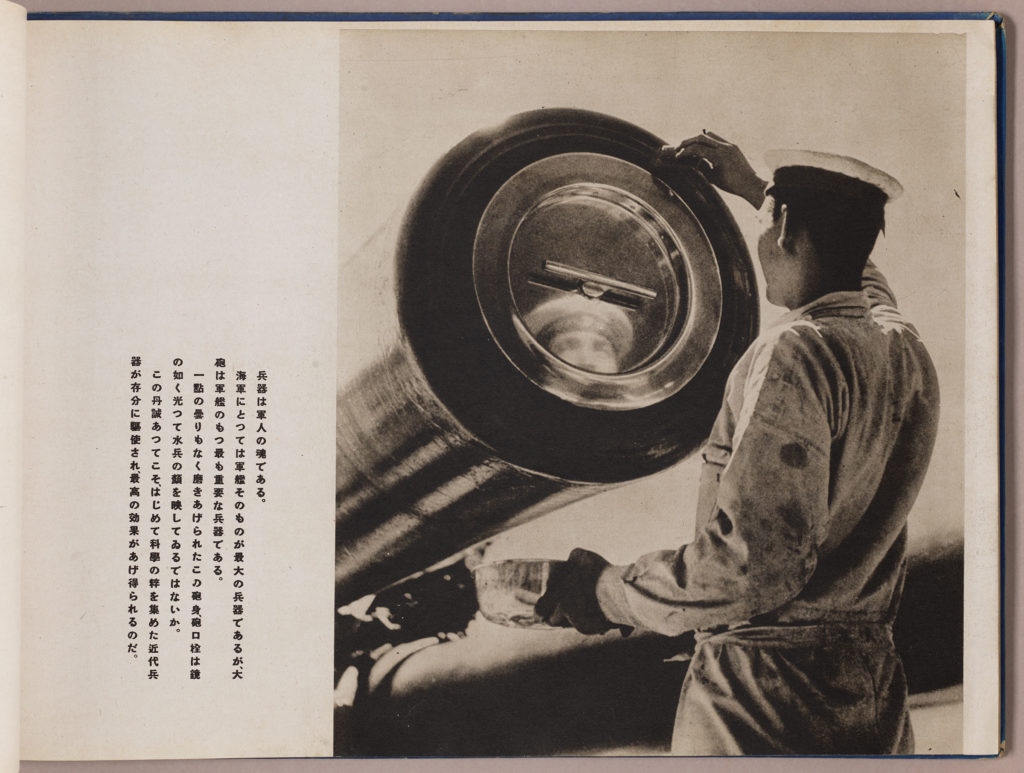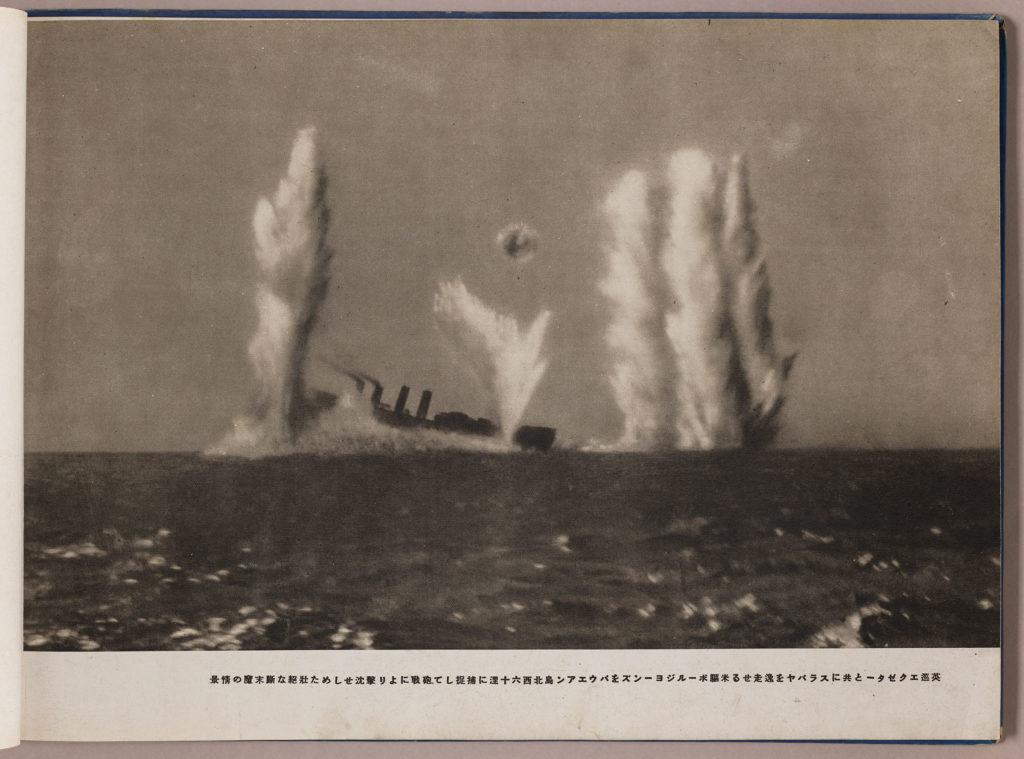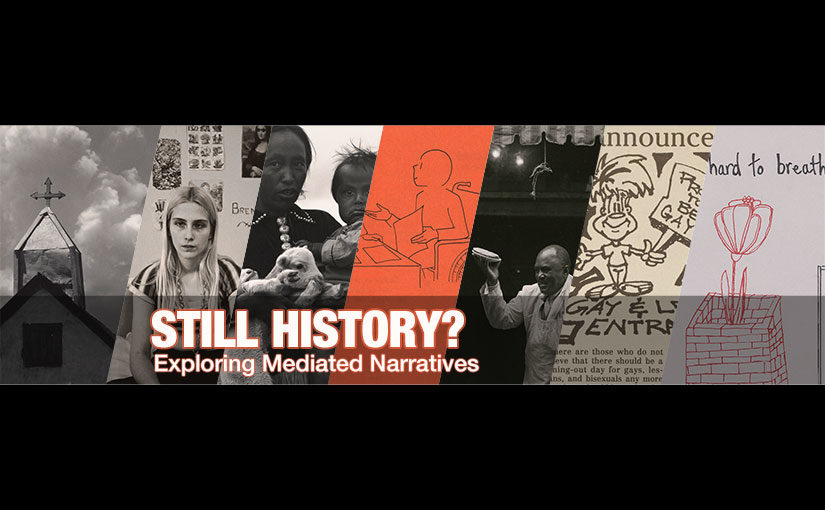Rare Books and Special Collections’ spring and summer exhibition, Tragedies of War: Images of World War II in Print Visual Culture, is open and will run through July 31st.
This exhibition commemorates the end of the Second World War (1939-1945). It showcases over forty works on paper, including posters, maps, propaganda ephemera, illustrated books, photographs, and first-hand accounts. Based predominantly on recently acquired Rare Books & Special Collections European holdings, the exhibition explores a diverse assortment of themes ranging from Fascist Racial Ideology, the Holocaust, Children in War, Resistance, Liberation, and Memories of War.
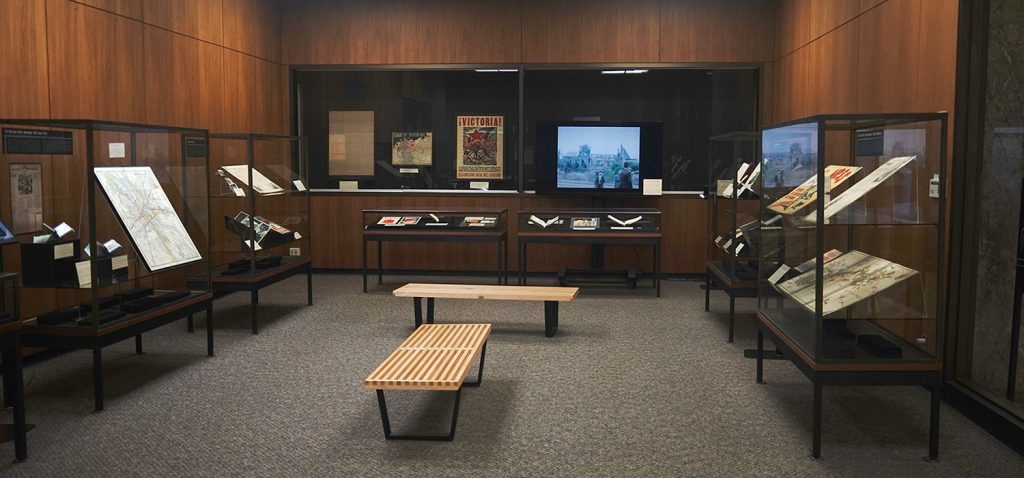
By examining these topics through images created by both ordinary people for personal use and for state-sponsored propaganda purposes, the exhibition presents a visual narrative of the war’s profound impact on individuals and societies, offering deeper insight into how war was experienced and remembered.
Please mark your calendars to join us for:
Monday, March 31, 2025 – 4:30 pm
Curator-led tour will be offered at 3:30 pm
[CANCELLED] Martina Cucchiara (Professor of History, Bluffton University) will present her lecture, “Fervent Faith, Relentless Persecution: The Daily Life of Erna Becker-Kohen, a Catholic of Jewish Descent in Nazi Germany.”
Thursday, April 10, 2025 – 4:30 pm
Curator-led tour will be offered at 3:30 pm
Robert M. Citino (American military historian and the Samuel Zemurray Stone Senior Historian at the National WWII Museum) will present his lecture “The Fascist Lair: the Battle of Berlin.”
Tuesday, April 22, 2025 – 4:30 pm
Curator-led tour will be offered at 3:30 pm
Yom HaShoah (Holocaust Remembrance Day) Program commemorating the victims of Holocaust and featuring a live performance of “I Never Saw Another Butterfly” by Lori Laitman, performed by Anne Slovin (Soprano, University of Notre Dame) and Jason Gresl (Clarinet, Saint Mary’s College). This piece features musical settings of texts by children living in the Theresienstadt ghetto.
Following the performance, a discussion on the spiritual resistance of the arts during the Shoah will be led by Philip B. Bohlman (Ludwig Rosenberger Distinguished Service Professor in Jewish History, Music and Humanities, University of Chicago) and Nicolette van den Bogerd (Postdoctoral scholar in Jewish Studies, Indiana University).
The exhibition is open in the Rare Books & Special Collections exhibit room, Hesburgh Library, Monday-Friday 9:30am-5:00pm. All events will take place in the main Reading Room.
Curator-led tours and all events are free and no reservations are required.
Exhibition tours may also be arranged for classes and other groups by contacting rarebook@nd.edu.
